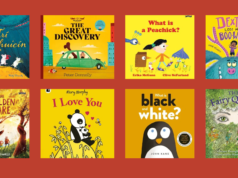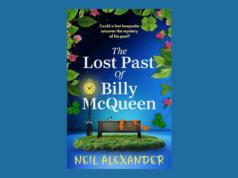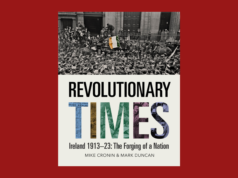A Short, Hopeful Guide to Climate Change by Oisín McGann
in association with Friends of the Earth and Little Island Books
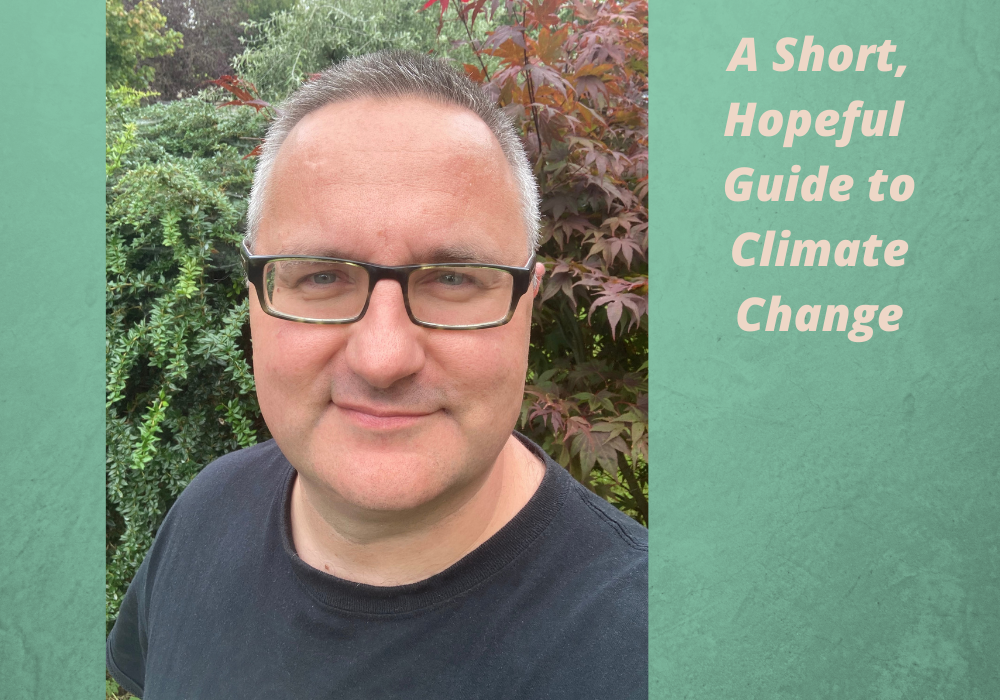
The new project that’s crowdfunding to make Ireland’s most environmentally-friendly children’s book
It was the end of April, 2014, and I was sitting in a room in the Sydney Institute of Marine Science in Australia, with four other writers from four other countries. We were talking to a group of people from various scientific disciplines that included oceanography and marine biology. I was self-conscious, because I wondered what the scientists would make of this bunch of writers from Ireland, the UK, Germany and Poland, as well as an Australian, all with an interest – but no expertise – in the subject we had gathered to discuss: climate change.
We were there as part of our education for the Weather Stations Project, an EU-funded writers’ residency aimed at exploring ways to explore the communication of climate change through literature. I was especially self-conscious because I’d flown halfway round the world, leaving some serious emissions in my wake, and now I was talking to actual scientists who were doing real work in this field . . . and I was a guy who wrote stories and drew pictures. Part of me was waiting for the moment when one of them asked: ‘What the hell are you doing here?’
I was looking for compelling elements for stories, so my first goal was to find simple, tangible reasons for people to take the climate crisis seriously. Not long before, I had asked Professor John Sweeney, of Maynooth University, a question I had decided to put to every expert I’d meet over the two-year project: ‘If I’m someone who doesn’t understand climate change and the threat it represents, why should I care?’ To date, his answer is still the best one: ‘Less land, less food, more conflict.’
Sitting in that meeting room in Sydney, we’d listened to the marine scientists describe the dramatic changes that were already happening on the Australian coast, and when I got my chance, I asked my question. If I don’t understand, why should I care?
This time there was no succinct reply, but I remember one man gesturing helplessly at the thought of this ignorance, and saying: ‘If you just don’t care, what can we do about it?’ I was really struck by this, because these people were experts, knowledgeable and passionate about the subjects of their research. They were the ones who needed to share that knowledge with others.
I’ve since heard and seen many different versions of that answer, and it’s made me increasingly aware of the gap in communication that often gets overlooked, between people who comprehend the profound gravity of the threat climate change represents, and people who feel completely disconnected from it. If you understand the seriousness of it, it can seem bizarre that others do not. If you are a professional in some field relating to it, that gap is even wider. Our very civilization is threatened. HOW CAN YOU NOT CARE?
But without that background, that education and experience, it can be extremely difficult to relate melting glaciers and storms on the other side of the ocean with your life, here and now. Information that is clear to someone, because their background provides them with a perspective to comprehend it, may be inadequate to persuade someone else.
It’s like someone listening to a song on headphones, and getting annoyed with people who don’t appreciate the song based on what you’re singing out loud in short, broken snippets. It’s not that they don’t get it, it’s that they can’t hear it as you hear it.
It’s Catch 22. People have to care enough to listen, to apply their attention, before they listen enough to understand. That was what prompted my question: How do you make someone care, to apply themselves to understanding it, before they understand it? It could well be exasperating to someone who has information to share about the very fate of the human race, that they might have to spend more time and effort getting and holding their listener’s attention, than actually conveying that information. It is why there is an increasing appreciation of good science communication; experts who know how to talk to plebs like . . . well, like me.
Reaching children can be both more difficult, and offer more potential. They need the subject to be made engaging and accessible in order to get their heads around it, but once they have, their flexible minds can go on to have giant leaps of understanding – and it’s a good way to get their parents and teachers on board too. So when Little Island Books and Friends of the Earth asked me to write a children’s book on the subject, a book whose print production would be executed with the same eco-friendly rigour that they expected from the text, that was the challenge: create the appetite for the information.
And though I am no scientist, that seizing of the attention, the insertion of the thin end of the wedge, in order to open the mind, is something fiction writers are very familiar with. How we say something is every bit as important as what we say, because nothing else matters if our readers don’t turn the pages – not normally an issue that science should concern itself with. With A Short, Hopeful Guide to Climate Change, I do want to explain the fundamentals of the climate crisis, but my first priority, is to get my readers’ attention, and to hold their interest.
It is a fascinating subject, and I want to share that fascination everyone I can.
***
Oisín McGann
oisinmcgann.com
@OisinMcGann
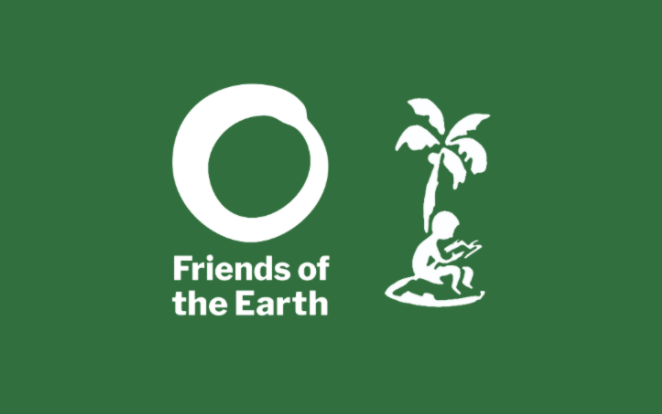
For more information on the book and how you support this project see: https://crowdfunder.foe.ie/








